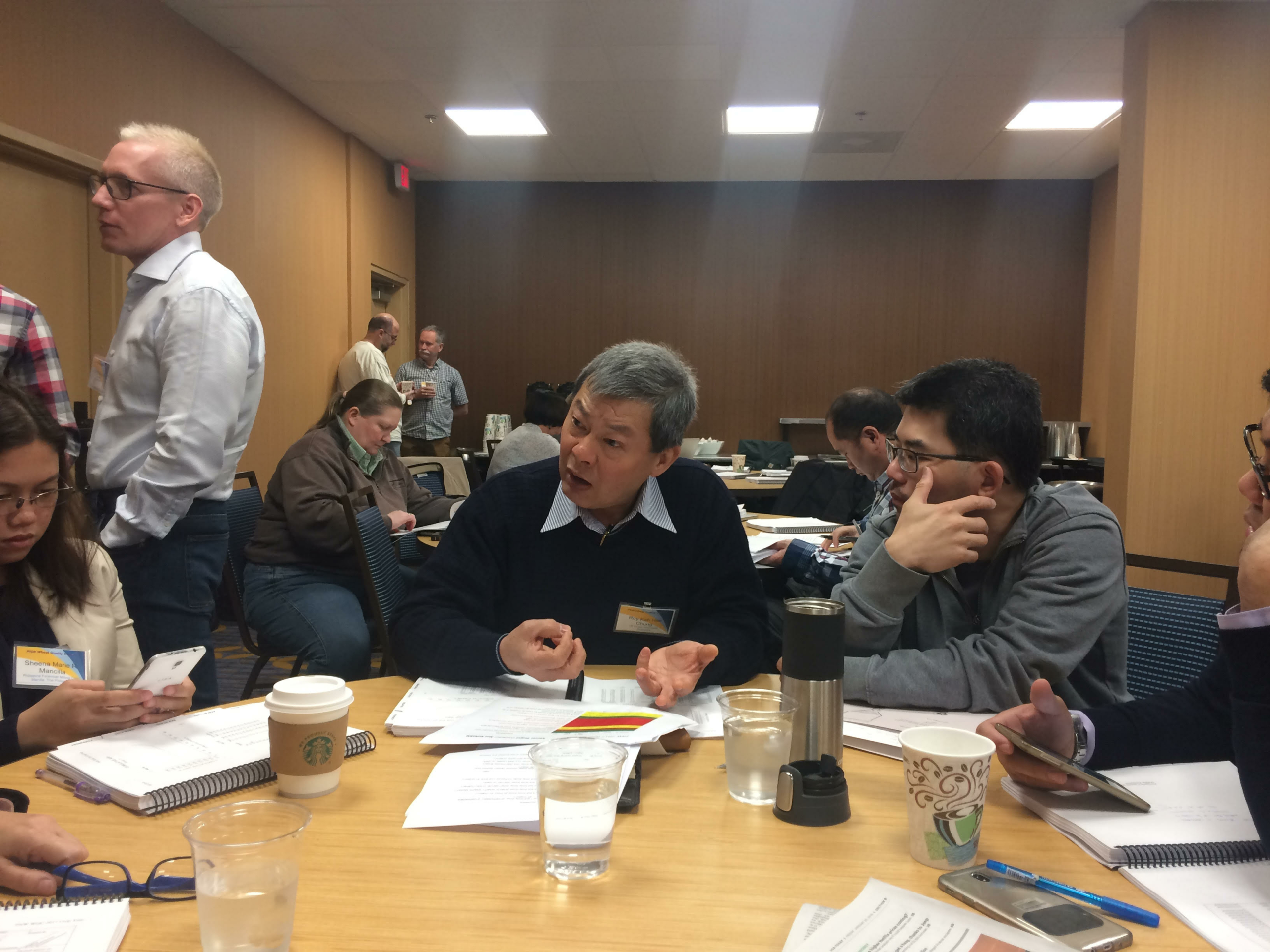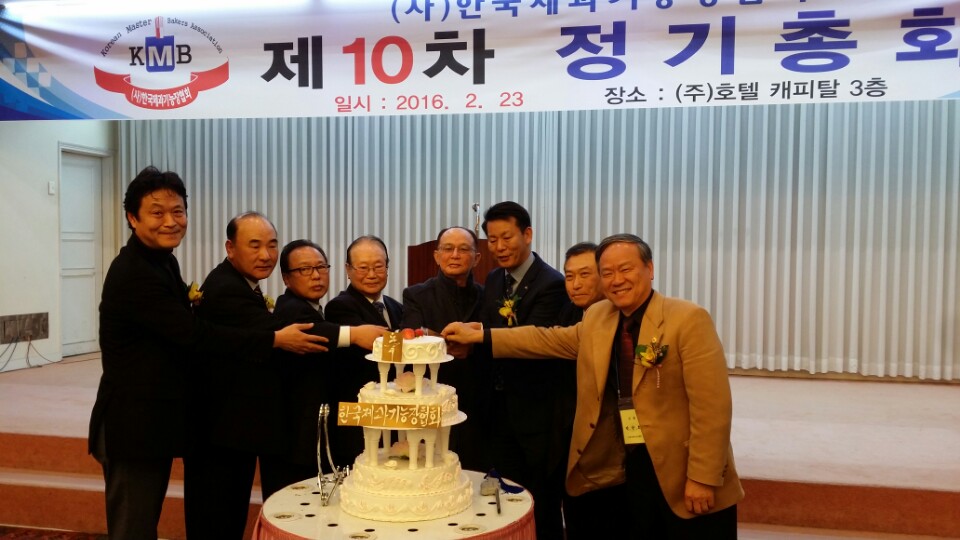Bakers around the world consider flour produced from U.S. wheat to be consistently high quality and versatile. That reputation is earned largely because wheat farmers grow excellent crops and invest in export market development through U.S. Wheat Associates (USW). In turn, USW marketing and technical experts work hard to leverage funding from the USDA Foreign Agricultural Service Market Access Program (MAP) and the Foreign Market Development (FMD) program to serve the world’s wheat buyers and wheat food processors.
One of those experts is Bakery Consultant Roy Chung who, from a base in Singapore, has represented U.S. wheat for more than 40 years. He has consistently added value to U.S. wheat imports by introducing quality bread processing to the milling and baking industry across South Asia in conjunction with his USW colleagues and training program collaborators.
The association of such expertise and service with U.S. wheat’s reputation overseas is so well regarded that in 2016, Lesaffre, a leading French yeast and fermentation products company, asked Chung and USW to collaborate on an innovative publication called “Sandwich Bread in Words. A Glossary of Sensory Terms” for bakers.
Lasaffre describes the January 2017 book as a tool “to formalize a common vocabulary about sandwich bread, drawing on different cultures and incorporating a repeatable assessment method … to create a bridge to connect experts with consumers.”
Lasaffre’s baking ingredients and flour produced from U.S. hard red spring (HRS) and hard red winter (HRW) wheat classes, are ideally suited for the high quality “sponge and dough” system bread products that Chung describes in the book: “The internal characteristics, like flavor, grain, texture, taste, mouthfeel … will determine if the customer returns for another loaf. The vested interest of the baker is to make the best possible looking and tasting product with the best ingredients available.”
It may be difficult to correlate specific export sales changes with the respected knowledge Chung and other USW colleagues demonstrate. Over the long-term, however, it is an ideal example of the power of farmer support and MAP and FMD funding to help create sustained demand for high quality U.S. wheat in more than 100 overseas markets, even when that wheat is higher priced.
Total annual U.S. wheat exports to South Asian countries stood at nearly 3 million metric tons (MMT) in marketing year 2008/09, but has steadily increased since then. In marketing year 2016/17, U.S. wheat exports to the region reached 5.5 MMT.



